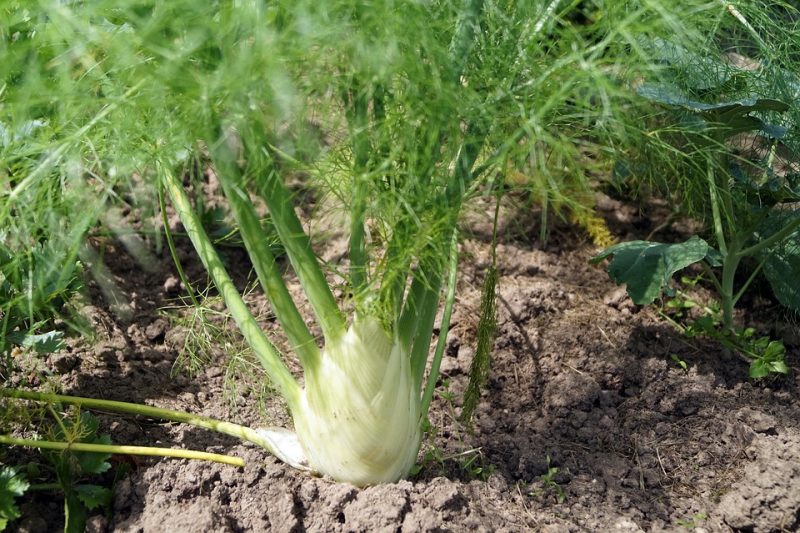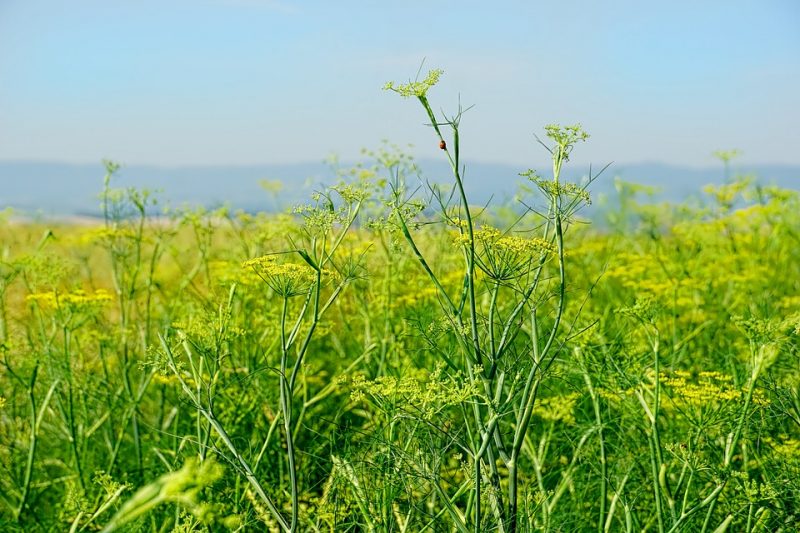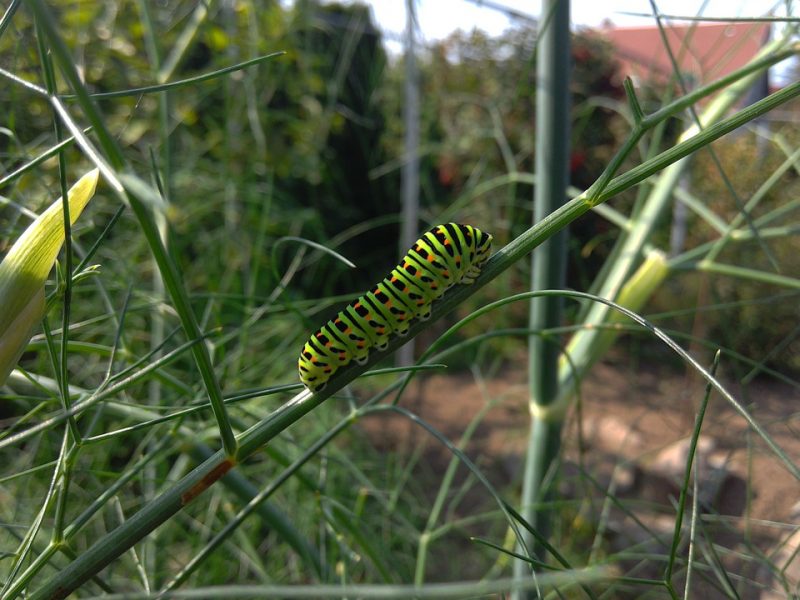Fennel, information about crop management
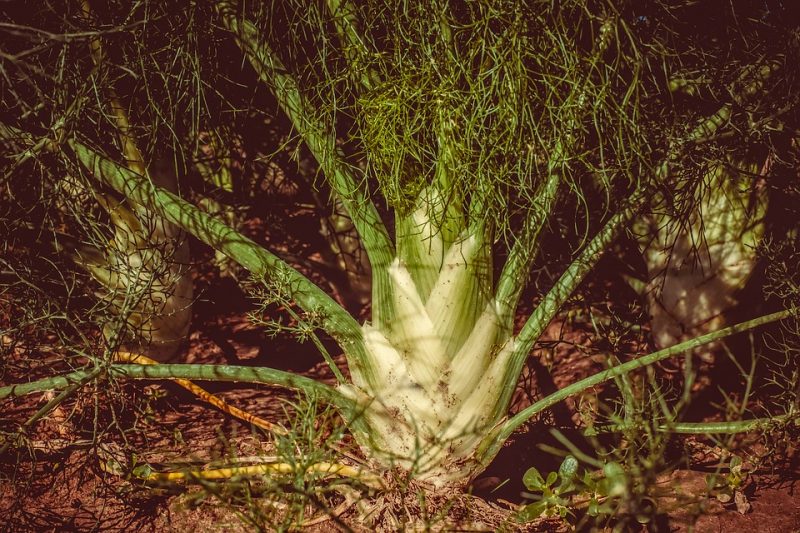
Fennel, Foeniculum vulgare, is a perennial plant with flowers, but in some countries with temperate climates, it is cultivated as an annual plant. It belongs to the genus Foeniculum, family Apiaceae, order Apiales. It is a species originating from the Mediterranean area, cultivated in most regions of Europe and beyond.
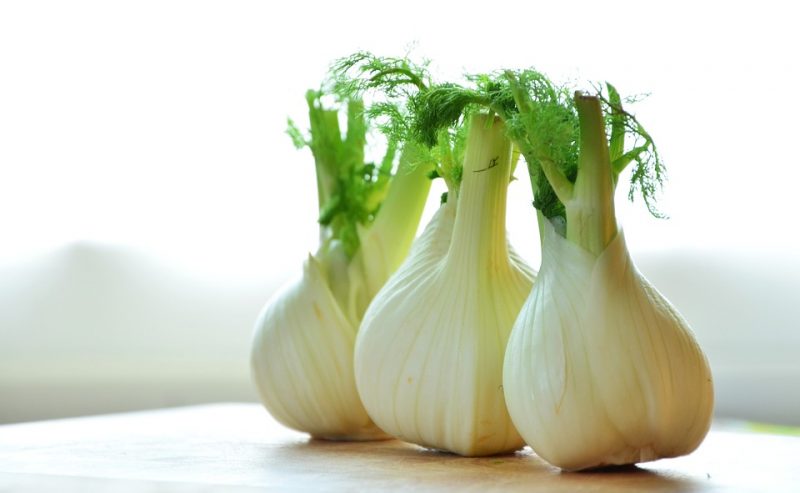
All parts of the fennel plants are edible, each being used for various purposes: for raw consumption, cooked, or as an aromatic and spice plant, respectively for medicinal, therapeutic, and cosmetic purposes. It is cultivated primarily for its edible bulb, which can be eaten raw and is used in numerous dishes. Fennel leaves and stems are used in teas and other drinks, as well as in the form of spices. The seeds have aromatic value and are used in seasoning. They are also appreciated in the cosmetic industry, in the production of essential oils, and in the pharmaceutical industry, having numerous therapeutic properties. These are due to the high content of mineral substances (especially calcium and iron), vitamins, fibers, and essential oils.
Botanical characteristics
A tall plant of up to 1-2 m, with well-developed roots and straight, upwards-oriented stems, with numerous ramifications. The leaves are alternately arranged, with filiform lobes, long (1-14 cm) and with a sharp tip. Each leaf has a wide, thickened sheath at the base – these overlap and form the edible bulb. The floral stem is also branched, having several terminal, umbellate inflorescences. The flowers are small and yellow. The fruits are dry, greenish, yellow, or brown, up to 0.8-1.0 cm long and approx. 2 mm wide, with an intense, pleasant aroma. When ripe, they split into two indehiscent fruits with 5 longitudinal protuberances.
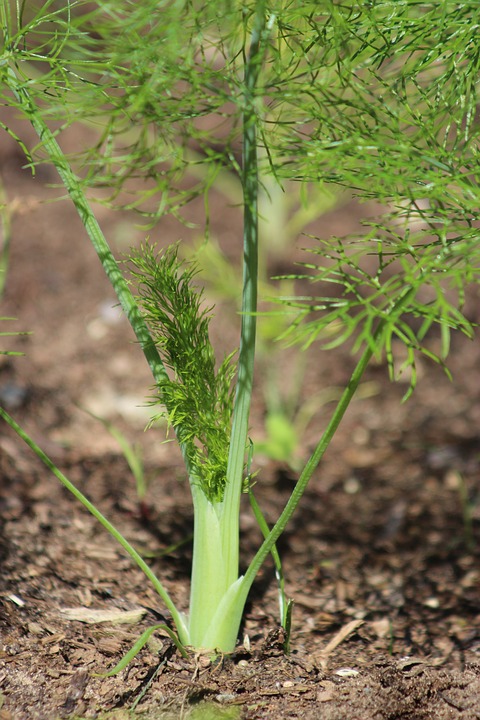
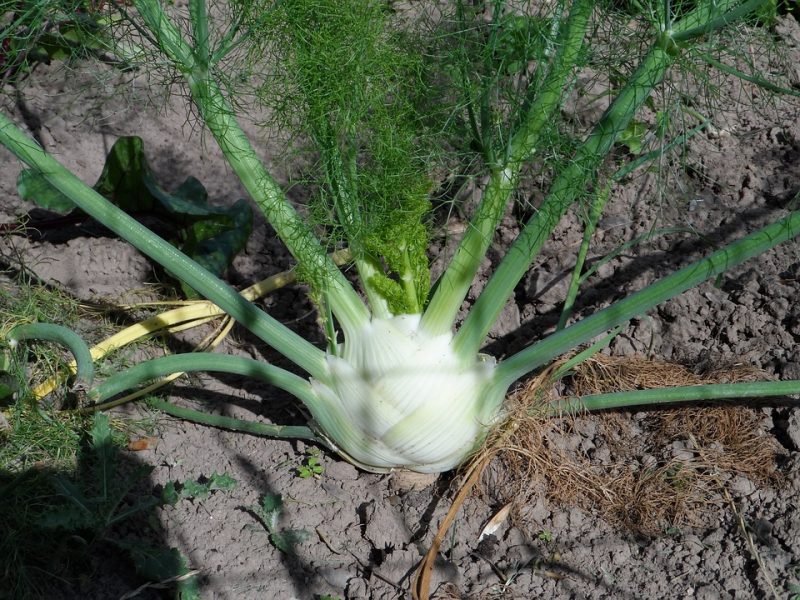
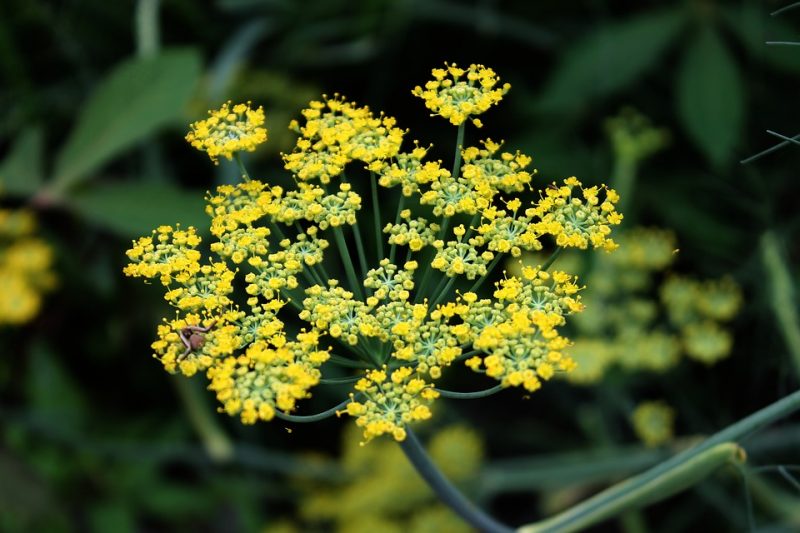
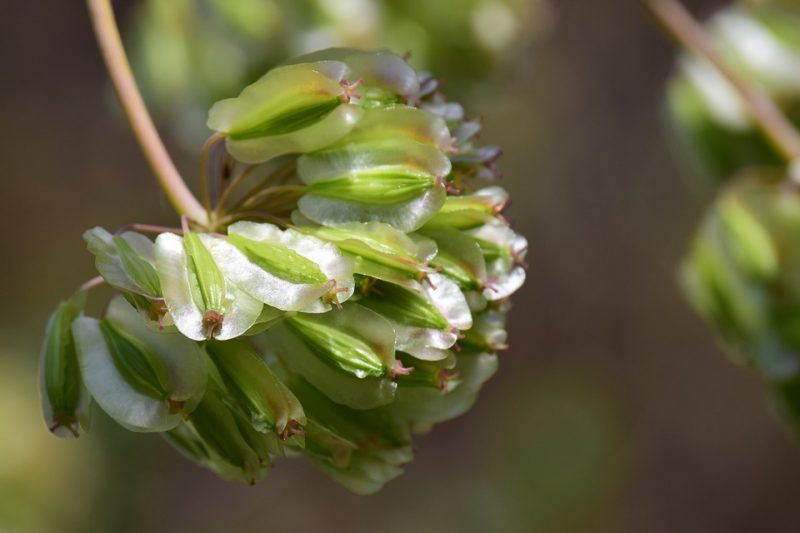
Varieties and hybrids
For consumption and medicinal purposes, the following varieties of fennel are grown:
- Foeniculum vulgare var. dulce – sweet fruits;
- Foeniculum vulgare var. azoricum – large edible bulb with a sweet taste;
- Foeniculum vulgare var. vulgare – bitter tasting fruit. Cultivated for medicinal purposes.
Popular varieties and hybrids are Fino, Smokey, Florence, Montebianco, Rondo F1, Summer Early, Tauro F1, etc.
Recommended products
-
You can find products on a different store
Change Store -
You can find products on a different store
Change Store -
You can find products on a different store
Change Store -
You can find products on a different store
Change Store -
You can find products on a different store
Change Store -
You can find products on a different store
Change Store -
You can find products on a different store
Change Store -
You can find products on a different store
Change Store -
You can find products on a different store
Change Store -
You can find products on a different store
Change Store -
You can find products on a different store
Change Store -
You can find products on a different store
Change Store -
You can find products on a different store
Change Store -
You can find products on a different store
Change Store -
You can find products on a different store
Change Store -
You can find products on a different store
Change Store -
You can find products on a different store
Change Store -
You can find products on a different store
Change Store -
You can find products on a different store
Change Store -
You can find products on a different store
Change Store -
You can find products on a different store
Change Store -
You can find products on a different store
Change Store -
You can find products on a different store
Change Store -
You can find products on a different store
Change Store
Climate and soil requirements
Being originally from the Mediterranean area, fennel is adapted to mild climatic conditions. The optimal temperature for growth and development is 15-25 ℃. The seeds germinate at temperatures higher than 10 ℃. It is a species tolerant to the properties of the soil and it can withstand most types. Vigorous growth and satisfactory productivity can be obtained, however, only on well-drained, loosened, moist soils with a high content of mineral substances. In terms of humidity, fennel has medium requirements, tolerating to some extent the lack of water and growing optimally in moderate humidity. The demands in terms of light are high, especially in the vegetative growth phenophase.
Cultivation technology – fennel
Soil preparation
In autumn, after the previous crop has been removed, carry out basic fertilization and deep plowing.
In the spring after tilling, you can apply potassium, phosphorus, and nitrogen fertilizers (starter fertilization), till the soil, and remove weeds if necessary.
Recommended products
-
You can find products on a different store
Change Store -
You can find products on a different store
Change Store -
You can find products on a different store
Change Store -
You can find products on a different store
Change Store -
You can find products on a different store
Change Store -
You can find products on a different store
Change Store -
You can find products on a different store
Change Store -
You can find products on a different store
Change Store -
You can find products on a different store
Change Store -
You can find products on a different store
Change Store -
You can find products on a different store
Change Store -
You can find products on a different store
Change Store -
You can find products on a different store
Change Store -
You can find products on a different store
Change Store -
You can find products on a different store
Change Store -
You can find products on a different store
Change Store -
You can find products on a different store
Change Store -
You can find products on a different store
Change Store -
You can find products on a different store
Change Store -
You can find products on a different store
Change Store -
You can find products on a different store
Change Store -
You can find products on a different store
Change Store -
You can find products on a different store
Change Store -
You can find products on a different store
Change Store
Sowing or planting the vegetative material
The fennel can be propagated by germination (from seeds) or by vegetative propagation, through in vitro tissue culture, a method applied only by specialists.
Sowing for seedling production should be done in heated hotbeds or polytunnels, towards the end of February – the beginning of March. On average, 3 seeds must be placed in each cup/pot/nest. The obtained seedlings are suitable for being planted in the field 50-60 days after sprouting. The recommended planting distances are 30-90 cm between rows and 25-40 cm between plants per row, depending on the variety.
Sowing in the field is recommended to be carried out at the beginning of May, at a depth of approx. 1-1.5 cm. The planting distances mentioned above need to be respected: 30-90 cm between rows and 25-40 cm between plants per row, with 3 seeds sown in each nest.
Before sowing or planting in the field, it is recommended to fertilize, and immediately after sowing/planting, to carry out the first irrigation.
Recommended products
-
You can find products on a different store
Change Store -
You can find products on a different store
Change Store -
You can find products on a different store
Change Store -
You can find products on a different store
Change Store -
You can find products on a different store
Change Store -
You can find products on a different store
Change Store -
You can find products on a different store
Change Store -
You can find products on a different store
Change Store -
You can find products on a different store
Change Store -
You can find products on a different store
Change Store -
You can find products on a different store
Change Store -
You can find products on a different store
Change Store -
You can find products on a different store
Change Store -
You can find products on a different store
Change Store -
You can find products on a different store
Change Store -
You can find products on a different store
Change Store -
You can find products on a different store
Change Store -
You can find products on a different store
Change Store -
You can find products on a different store
Change Store -
You can find products on a different store
Change Store -
You can find products on a different store
Change Store -
You can find products on a different store
Change Store -
You can find products on a different store
Change Store -
You can find products on a different store
Change Store
Care works
The care works begin by filling in the gaps with fennel seedlings. After a few weeks from sprouting, thin the seedlings, leaving a single vigorous seedling in each nest. Irrigation can be done by drip systems or sprinkling, at intervals of 7-18 days. Controlling weeds is carried out manually, mechanically, or chemically (with herbicides), whenever it is considered necessary. For a satisfying yield, it is recommended to fertilize the crop with specific fertilizers.
Recommended products
-
You can find products on a different store
Change Store -
You can find products on a different store
Change Store -
You can find products on a different store
Change Store -
You can find products on a different store
Change Store -
You can find products on a different store
Change Store -
You can find products on a different store
Change Store -
You can find products on a different store
Change Store -
You can find products on a different store
Change Store -
You can find products on a different store
Change Store -
You can find products on a different store
Change Store -
You can find products on a different store
Change Store -
You can find products on a different store
Change Store -
You can find products on a different store
Change Store -
You can find products on a different store
Change Store -
You can find products on a different store
Change Store -
You can find products on a different store
Change Store -
You can find products on a different store
Change Store -
You can find products on a different store
Change Store -
You can find products on a different store
Change Store -
You can find products on a different store
Change Store -
You can find products on a different store
Change Store -
You can find products on a different store
Change Store -
You can find products on a different store
Change Store -
You can find products on a different store
Change Store
To prevent and control diseases (leaf spots, powdery mildew, etc.) and pests (aphids, caterpillars, shield bugs, etc.), it is recommended to carry out treatments with specific fungicides and insecticides.
For fennel, it is essential to limit light penetration to the edible bulb from the moment it starts to thicken. This can be done by mulching or ridging. Otherwise, the bulb quality deteriorates: it changes color and turns black.
Harvesting
Harvesting for consumption is done manually, by cutting with a knife, at approx. 3-5 cm below the edible bulb reached the right size (5-8 cm diameter). The bulbs can be stored for about a week after harvesting, in the refrigerator, in sealed plastic bags. However, the quality of the vegetables decreases rapidly, so it is recommended to sell or eat them immediately after harvesting.
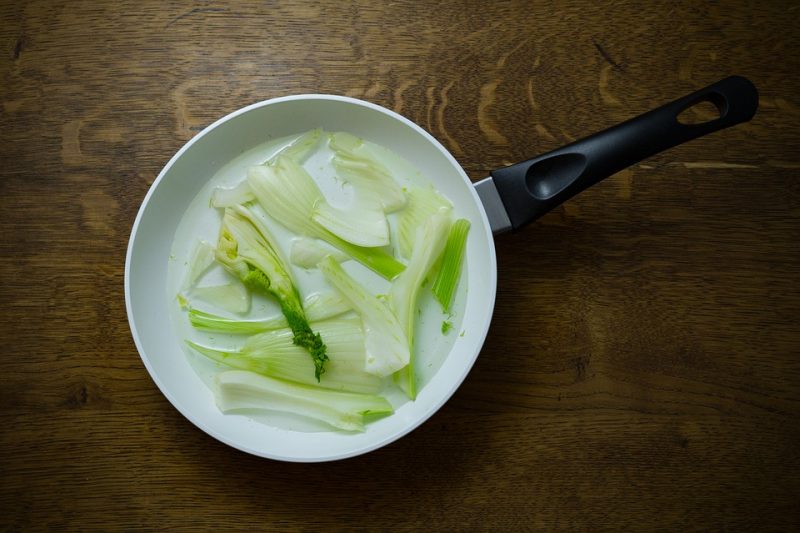
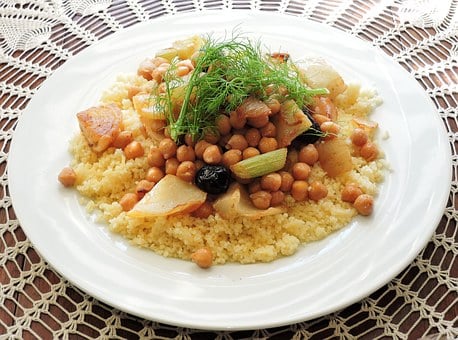
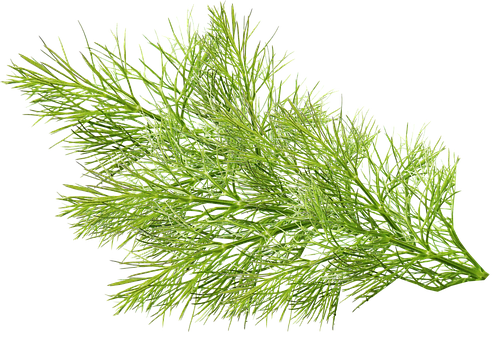
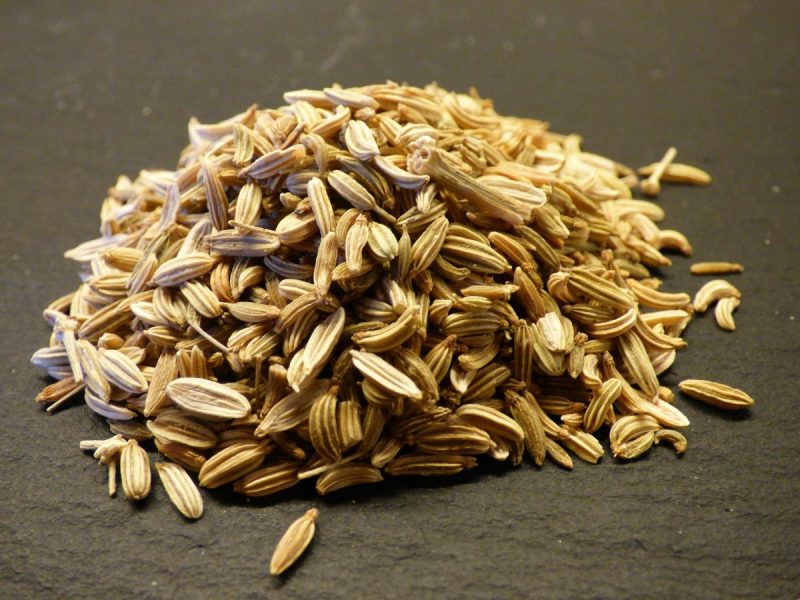
Additionally:
- In some parts of the world, fennel plants are considered invasive;
- It is recommended to avoid growing dill together with fennel. The two species can form hybrids with intermediate properties and taste.














































































































































































































































































































































































































































